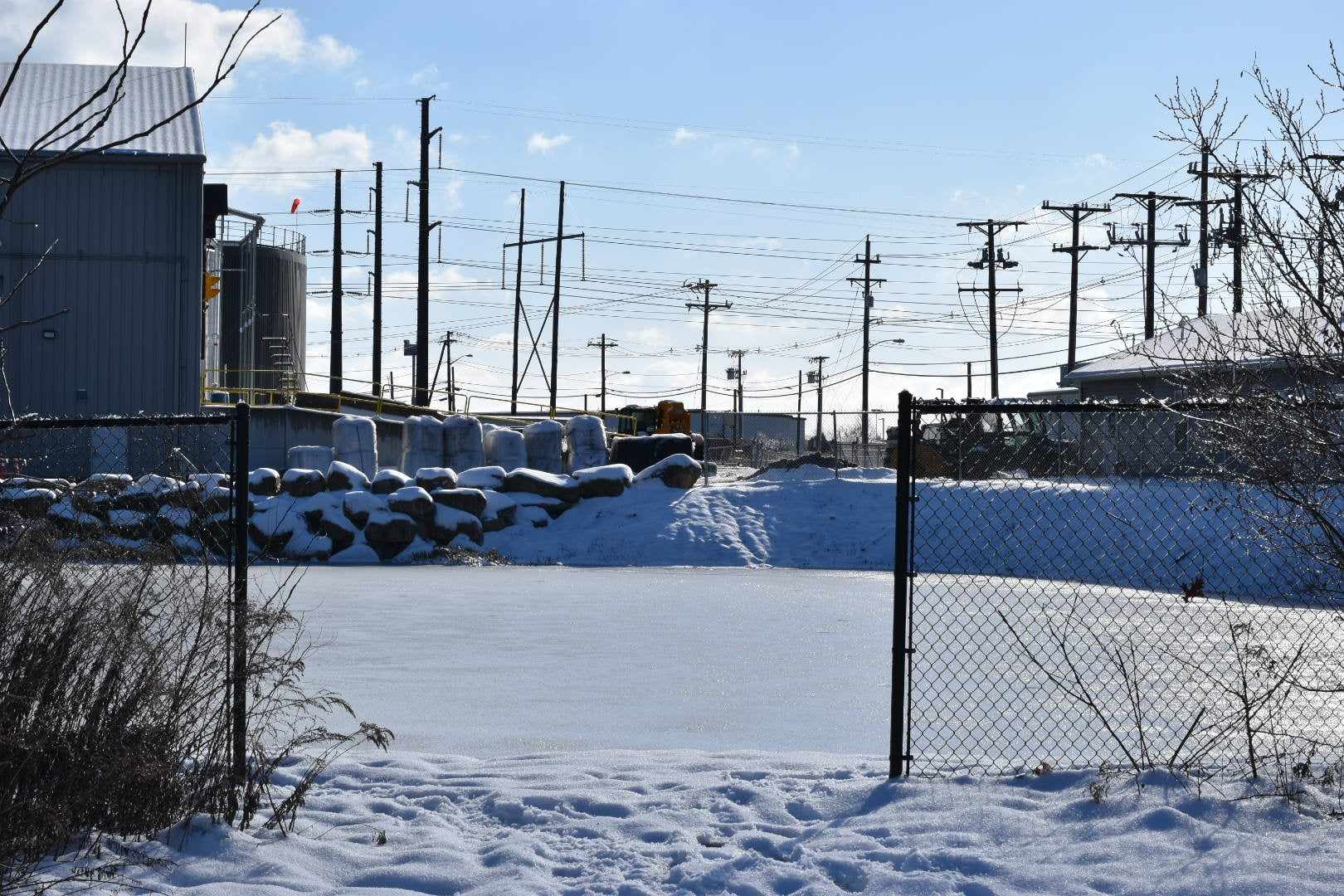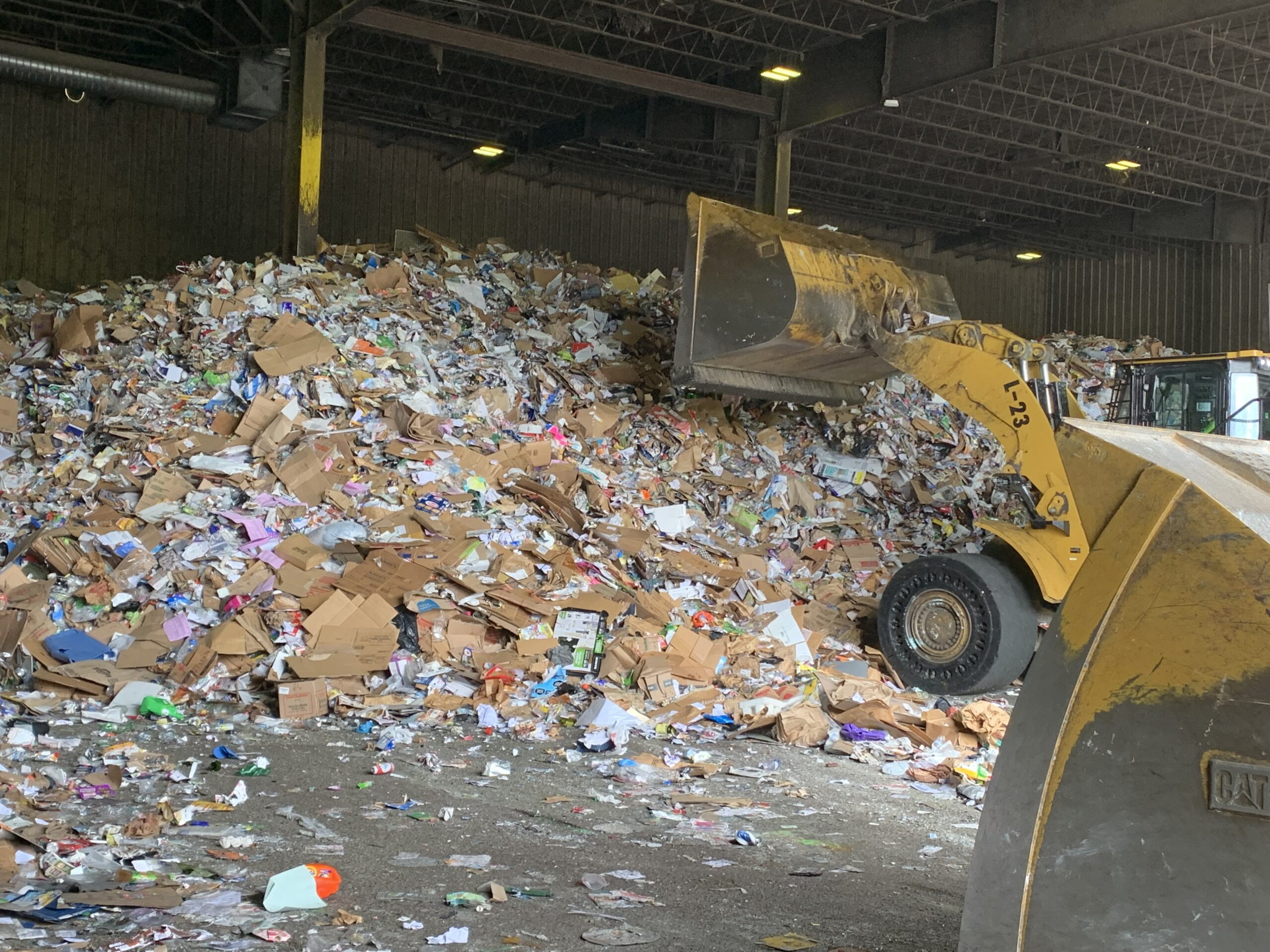Mass. Firm Works to Make Medical Waste Cleaner, Safer
June 6, 2017
The disposal of syringes, bandages, sharps containers, dialyzers and other potentially infectious material known as medical waste is expensive, risky and a major source of pollution. Workers who handle the material risk infection, and millions of pounds of it is piled into landfills and burned in incinerators daily.
A company based in Boxborough, Mass., Sterilis Medical, has built a device that it contends could significantly mitigate the environmental impact and health risks of medical-waste disposal.
The device, the size of an office copying machine, requires only a power outlet and an occasional pitcher of water to operate. It sterilizes infectious medical waste in high-pressure 138-degree Celsius steam, before grinding it into pieces that can be thrown in the regular trash stream. The pieces are typically safe enough to hold with bare hands, according to the company.
Disposing medical waste where it is generated decreases the instances in which workers come into contact with it, limiting the chances of mishandling and infection.
If you can cut down on the amount of times medical waste is moved and limit the amount of times someone has to touch it, deductive reasoning says you limit your liability and the potential for spreading health care-acquired infections, Sterilis CEO Bob Winskowicz recently told ecoRI News.
On-site disposal also removes the need for transportation to waste-treatment facilities, which is expensive and increases emissions, he added. Further, small-scale sterilization and grinding makes large-scale incineration unnecessary.
This technology marks how far medical-waste disposal has progressed since it first became highly regulated in the late 1980s and early ’90s. At that time, huge slicks of medical waste off the coasts of New Jersey and New York and beached syringes stoked public fear, which prompted Congress to act.
Regulations that followed sought to make the process safer for those who handled medical waste and to guarantee that it ended up destroyed or dumped in landfills, rather than washing up on beaches.
Still, disposal techniques, particularly incineration, remained a major source of pollution — for example, some 5,000 incinerators burned medical waste in 1994, according to the Environmental Protection Agency. About 4,850 of those incinerators were on-site furnaces, which frequently lacked pollution controls of any kind.
Due to medical waste’s composition, burning it emits high levels of dioxins, which are highly carcinogenic, furans and heavy metals such as mercury. Medical-waste incineration was one of the country’s largest emitters of dioxins at the time.
Improvement came when public concern, activism and emission regulations, such as the 1997 Clean Air Act, drove facilities to stop most on-site incineration. Rhode Island hospitals haven’t incinerated medical waste since the mid-1990s.
Since then, commercial facilities have treated a far greater share of the medical waste generated in the United States. Stericycle, a medical-waste disposal company, owns a plant in Woonsocket, R.I., that treats most of Rhode Island’s medical waste by autoclave — the same technology Sterilis uses to sterilize — before shipping it out of state for disposal as solid waste, according to officials at the Rhode Island Department of Environmental Management (DEM). The closest out-of-state disposal facility is in New York.
Ending the emissions, and costs, that come with transporting massive amounts of medical waste is one of Sterilis’s primary environmental benefits. Company officials also tout others.
Sterilis’s treatment process reduces waste volume by 80 percent, according to Winksowicz, meaning that the material takes less space if it is sent to a landfill. He conceded that it could still end up in a trash incinerator, such as seven waste-to-energy facilities that burn trash in Massachusetts. Modern waste-to-energy incinerators emit less greenhouse gases, dioxins and heavy metals than other energy sources, when outfitted with up-to-date pollution controls.
Sterilis officials, however, insist that its device has potential to remove waste from landfills and incinerators by making recycling easier.
Medical waste is full of recyclable plastics, but regulation doesn’t allow that plastic to be extracted and recycled before it’s treated, Winskowicz said. Treated medical waste may be sent anywhere, including a recycling facility.
Recycling medical waste, however, is a growing market. In the past two decades, advocacy groups such as Practice Greenhealth have led the charge toward more sustainable health-care practices. They have also helped make the recycling of medical waste and reuse of sterilized medical tools more common.
In Rhode Island, Enterprise Plastics Recycling filed a beneficial use determination application last July “for the recycling of treated and destroyed medical waste sharps” from Stericycle’s Woonsocket facility. The company requested permission to recycle polyethylene, a plastic, to make paint trays in nearby Harrisville. DEM approved the application in late March.
Bill Mulligan, the owner of Enterprise Plastics Recycling’s Harrisville facility, declined to speak with ecoRI News, saying it was too early to discuss the project.
Triumvirate Environmental, an environmentally focused waste-management company, transports medical waste to facilities that treat the waste before extracting material for recycling. The company has an office in Cranston, and offers recycling services to New England.
Sterilis’s advantage, Winskowicz said, is its on-site treatment. He noted that this feature mitigates workers’ risk of infection and allows facilities to decide where to send, or even sell, the treated waste that they produced. It could even be sent directly back to manufacturers, potentially lowering the production costs of expensive medical devices.
Sterilis has garnered interest and attention for its potential as a safer and cleaner disposal method.
Firefighters in Sandwich, Mass., use Sterilis to treat heroin needles found on beaches, sidewalks and in parks. Multiple news outlets covered the partnership between Sterilis and the town.
People don’t know what to do with recovered needles, Sandwich Deputy Fire Chief John Burke told FOX25 News. “Now they can bring them to our station and we can dispose of them properly.”
On a larger stage, Dr. Richard Della Puca, senior advisor for medical policy for women and children in sub-Saharan Africa and a member of the Medical Policy Team of United Nations Educational Scientific and Cultural Organization (UNESCO) and United Nations World Wide, sent a letter of endorsement to Sterilis. He lauded the device’s “environmentally sound” capabilities and emphasized its utility in an outbreak situation, where it could treat medical waste in quarantined areas.
“A particular attraction to United Nations personnel of the Sterilis system is the ability to treat infectious medical waste within quarantine areas without the need for transportation and handling,” he wrote.
Sterilis’s utility in outbreak situations has been recognized by other health-care professionals. One hospital, which Winskowicz declined to name, has bought a Sterilis device for its new quarantine wing. The company also recently sold one to a dialysis clinic in Argentina.
Company officials say the device could be especially valuable in countries with less regulations and enforcement governing infectious medical waste, which often ends up in open-air dumps and burning piles.
Sterilis, though, is a small company breaking into a competitive international market led by corporate giants such as Stericycle, which still haul waste to treatment centers to be sterilized and sent to landfills, or incinerated. Sterilis only built its first fully-integrated machine in 2014, has sold just 60 devices so far. The company operates out of an office-building suite that doubles as a laboratory.
Winskowicz said the number of sold units doesn’t tell the entire story. Out of the 60 sold, he said, 35 were sold in the last fiscal quarter. Due in part to international interest — Winskowicz said he has a file a “half-an-inch thick” of international correspondence, and that he received an e-mail from a facility in Indonesia shortly before his interview with ecoRI News — company officials have predicted they will sell 60 to 70 more units this fiscal quarter. The company’s plan is to sell between 300 and 500 machines this fiscal year.




Great article!! Thanks for discussing such a critical yet under-discussed topic